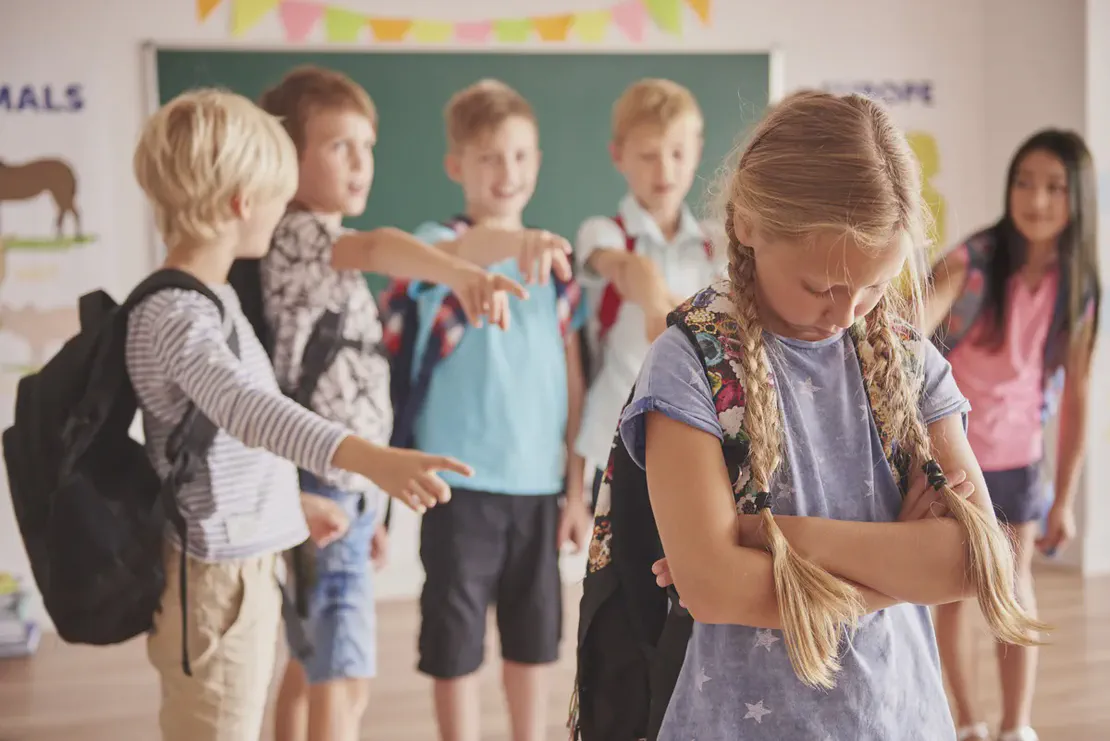The World Health Organization (WHO) defines violence as the perpetration of acts that may cause psychological injury to a person or injury or death to a person through physical force or other forms of coercion. In addition, the perpetrator (the person perpetrating violence) may damage the victim’s cultural values, property and body.
Recent studies have shown that children and young people are increasingly prone to violence. There is no single cause of violence in children. Genetic and environmental factors are effective in the emergence of violence. Children learn violence mostly from their parents and mass media. In a study conducted in 17 cities with 1850 high school students, 74% of the students stated that they had experienced violence from their families. 65% of the same students stated that they had inflicted violence on others. This is quite a high rate. It is also known that news such as fights, deaths and murders obtained from mass media affect children negatively. In addition, following violent events in the family environment (watching, listening, reading and talking about them, etc.) may enable children to see violence as a part of their lives and prepare the ground for normalization. However, if the child has a predisposition, it can fuel the emergence of violent behavior.
Children usually begin to exhibit violent behaviors in the preschool period. Examples of these behaviors include outbursts of anger, acts of physical violence (hitting, kicking, pushing, injuring), fighting, threatening to harm others, cruelty towards animals, attempting to start fires or deliberately damaging property.
What are the Risk Factors and Early Warning Signs for Violent Behavior?
Factors such as being exposed to violence, social withdrawal, loneliness, intense isolation, extreme rejection, being a victim of violence, being made fun of, being harassed, describing violence with pictures and writings, uncontrollable anger, acting impulsively, hitting repeatedly, showing coercive behaviors, lack of tolerance for differences are warning signs for violent tendencies.
How to Approach a Child with Violent Tendencies?
-
First try to understand the causes and triggers of violence.
-
Try to find out what the child thinks about using violence.
-
Be consistent in your reactions when your child is violent and share this consistency with your partner.
-
Try to set clear and precise boundaries in the face of violence and make sure that the boundaries you set are clear and understood by the child.
-
Praise positive behaviors and support reinforcement of these behaviors.
-
Avoid judgmental and accusatory statements.
-
Do not threaten your child.
-
Allow your child to express his/her feelings, talk to him/her a lot about feelings.
-
Tell him/her that you love and care for him/her whenever you can.
-
Spend quality time together (playing games, chatting, going to the park, riding a bike, baking a cake, painting, watching a movie, etc.).
What to do with a Violent Child
-
Reduce your child’s screen time.
-
Keep track of what your child plays and watches.
-
Remove the violent games he/she plays.
-
Explain to your child what games they can play, what kind of content they can watch and why.
-
Do not put a television in your children’s room, if there is one, remove it. Avoid mass media in the room when your child goes to bed.
-
If there are violent images in the programs you watch, turn them off and don’t let them watch them.
-
Talk to your children about violence and its negative consequences, what it can lead to and what the consequences are.
-
Explain that violence is not fun like in games and that it causes negative emotions such as pain and sadness*, not happiness.
-
If you and your partner engage in violent discourse and behavior, try to end it.
-
Model the behavior you want to see. Try to be an example for him/her as a parent. Remember that children take their parents’ behavior as a reference.
-
Know who your child makes friends with.
-
Try to reassure your child that they can always talk to you when they are scared and that you will always be there for them.
-
Keep in touch with the school, get help from the school’s guidance service.
-
Direct your child to social activities (you can direct them to a sports, music or painting course).
“Get help from an expert.
Let us not forget that violence is a learned behavior. If this behavior is learned, positive behavior can also be learned and replace violence.
Expert. Clinical Psychologist Imran Kokoz Yahşi





